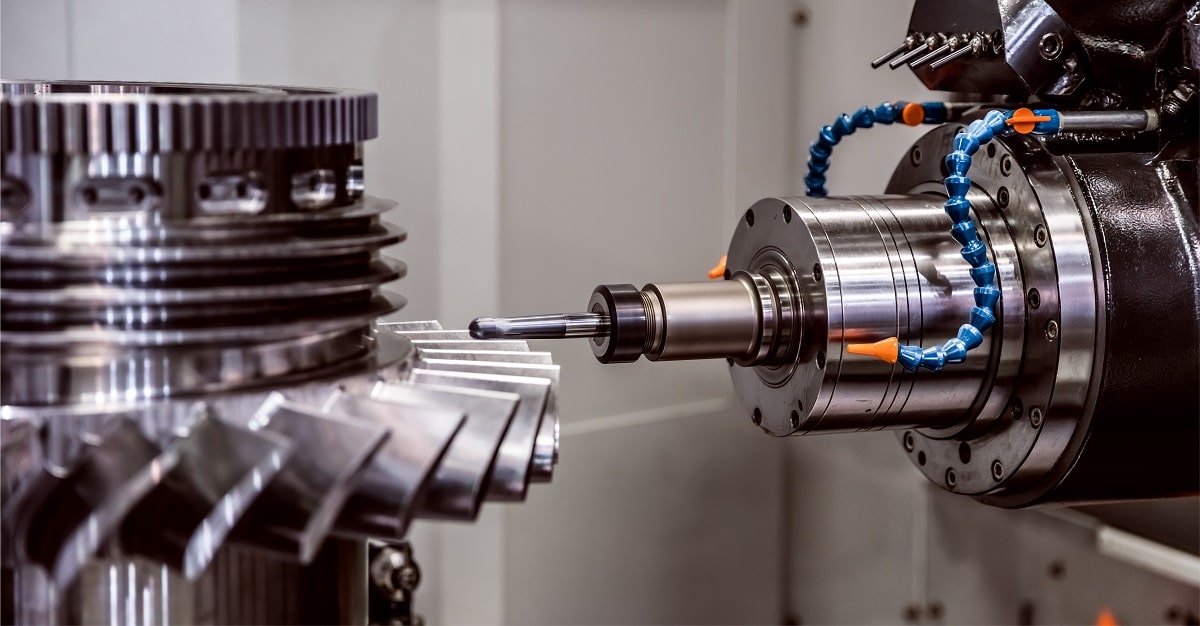What Are The Different Types of Rapid Prototyping?

Let’s start by unpacking what rapid prototyping actually is. The clue is in the name, rapid prototyping (RP) is the fast fabrication of a physical part or model in a fraction of the time it would take to create using traditional methods. The key benefit of RP is that it enables designers, engineers and product developers to test different concepts before the introduction, production or distribution stages.
Now we have an understanding of what RP is, it’s time to take a look at the different types and techniques used.
Additive Manufacturing vs Rapid Prototyping
While often used interchangeably, rapid prototyping and additive manufacturing are two different things. Whereas additive manufacturing is the process of creating an object layer by layer, rapid prototyping describes a group of techniques used to fabricate scale models using 3D CAD data.
Rapid prototyping allows designers and engineers to rapidly create physical models. The process typically involves the use of technologies like additive manufacturing methods to quickly produce parts for a specific prototyping application. Although additive manufacturing, also known as 3D printing, is the most popular form of rapid prototyping, there are several other RP techniques that are worth keeping in mind.
Rapid Prototyping Techniques
Fused Deposition Modeling (FDM) involves depositing melted thermoplastic filament to create models with walls of varying thicknesses. FDM is highly accessible, affordable and one of the quickest ways to attain a model for proof of concept.
Stereolithography (SLA) involves curing liquid resin with UV light to create highly detailed and intricate parts. For concept models and cosmetic prototypes, SLA has proven to be far superior to other additive processes.
SLS is a powder-based process that melts particles together using a laser to produce strong, durable parts. The process is great for functional prototypes and is capable of forming more complex geometries than techniques like CNC machining.
CNC machining is a popular method for developing rapid prototypes from a range of materials for both visual and functional purposes. It is a subtractive rapid prototyping technique that uses pre-programmed software and cutting tools to form the final part which was once a block.
Vacuum Casting is a technique that makes it possible to produce in a short period of time, with the aid of silicone moulds. While this method is not as fast as 3D printing or CNC machining, it produces production-like prototypes that offer great value for projects where injection moulding will be used at later stages.
Ready to create your prototype? Start your free project review today.
